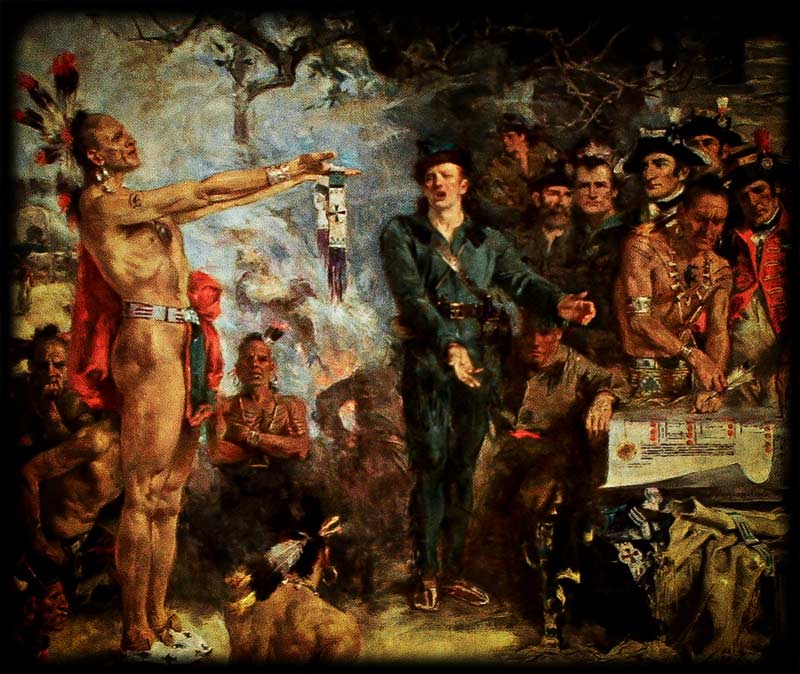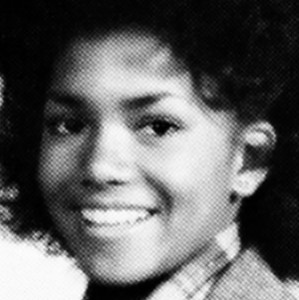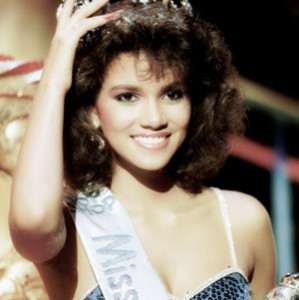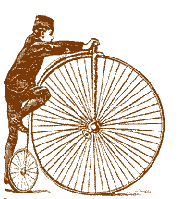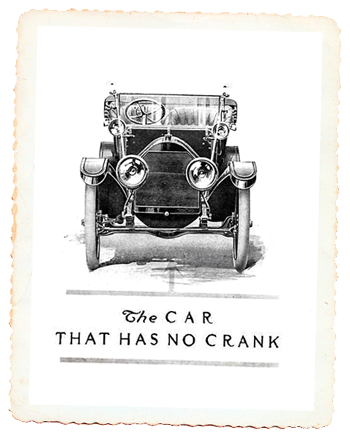
Anyone that has a driver’s license has probably used a key to start their car. For those that don’t know what happens when they turn that key, in its most basic concept, allows a jolt of electricity to run from the battery to a motor that actually turns or cranks the engine. Sparks are then ignited in the piston chambers that cause a mixture of air and vaporized gasoline to explode. Once all of the cylinders start revolving, the starter motor quickly disengages from the engine and it continues on its own.
Sure, everyone knows that you say. But if you ever see any of those old movies where the guy has to stand in front of the car and turn a crank to get the engine started can appreciate what it was link before the self-starter was invented.
On this day 39 year old Charles F. Kettering, a man born in Loudonville, Ohio in 1876, got his patent for his electric starter. Kettering’s electric starter had been first installed on the 1912 Cadillac. By the early 1920s Kettering’s self-starting motor would be installed on just about every car made. That refinement in automobile ownership made the automobile more attractive, especially women. It was the beginning of the automobile culture that continues to this day.
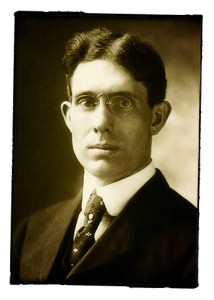
Kettering and his company, DELCO (Dayton ELectronics COrporation), went on to create a number of improvements to the automobile including shock absorbers, the automatic transmission, quick-drying automotive paint, and safety glass.
Although he was most famous for his contributions to the auto industry, Charles Kettering also known for developing several medical innovations such as an incubator for premature infants, venereal disease treatments and a number of magnetic diagnostic devices. During his time at DELCO and later at General Motors (GM), Mr. Kettering accumulated a great fortune. In 1945 he and Alfred Sloan, another GM vice president, established the Sloan-Kettering Institute for cancer research.
In 1958 at the age of 82, Charles Kettering died of a stroke at his home in Kettering, Ohio, a suburb of Dayton, named for the inventor.
